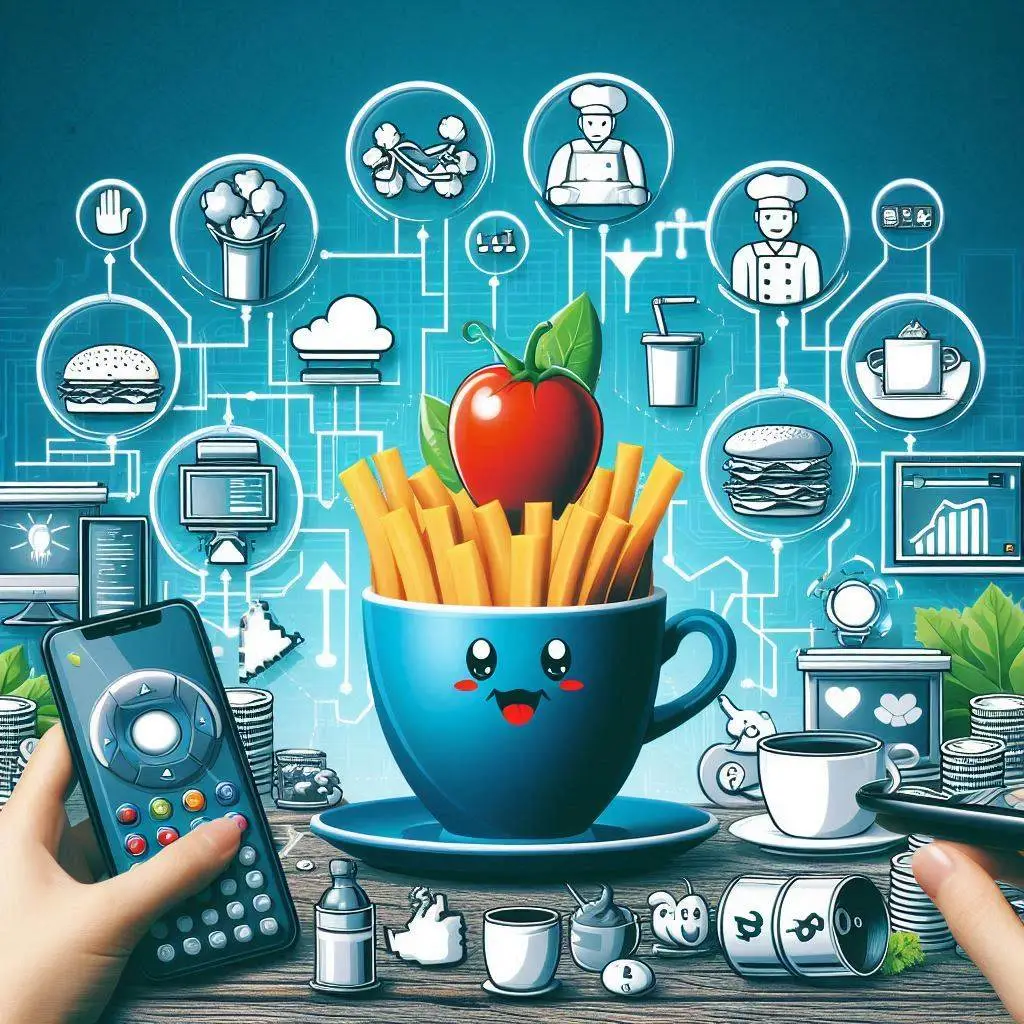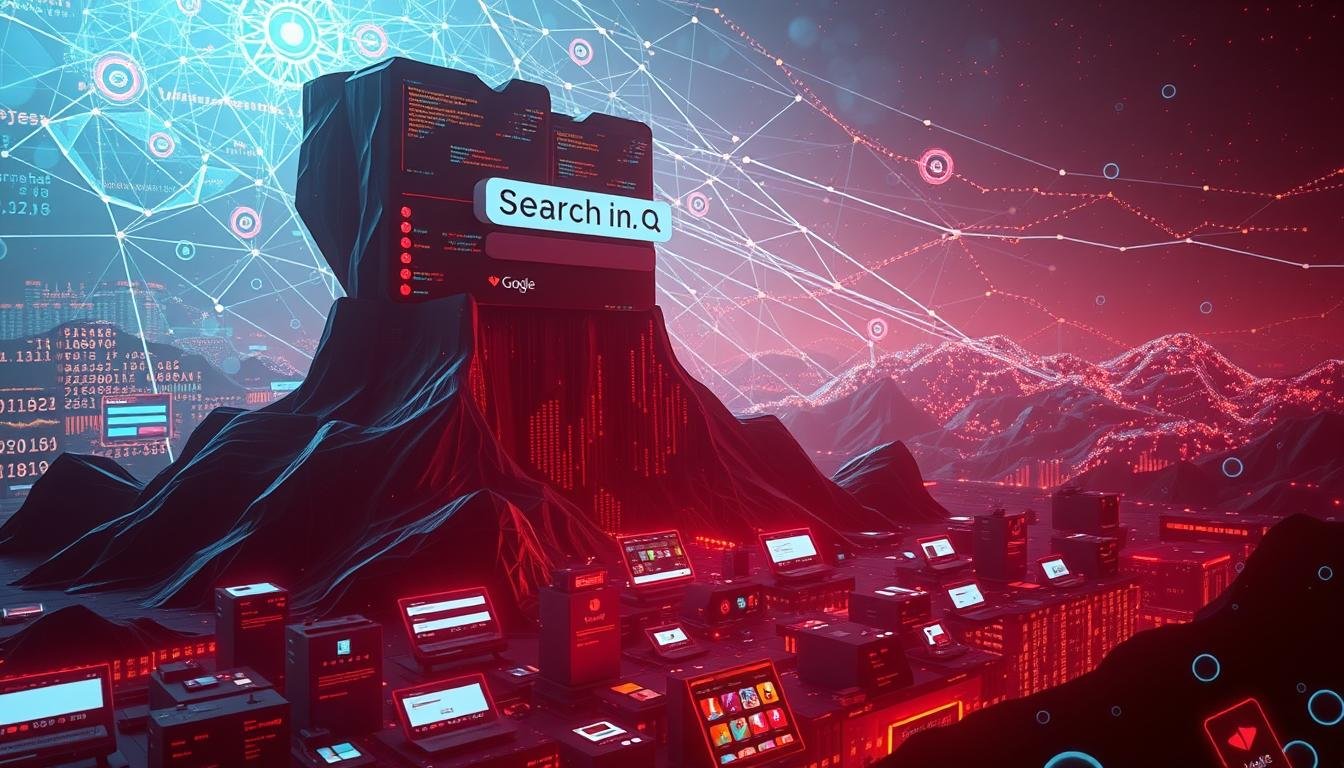Tech in the Food Service Industry
In recent years, the food service industry in the United States has seen an exciting shift. Technology is not just about ordering kiosks and delivery apps anymore. The latest trend is gamification. This innovative approach is revolutionizing how restaurants engage their customers and build loyalty. This blog article explores how gamification is weaving into the fabric of food service, changing the game for everyone involved.
What is Gamification?
At its core, gamification applies game-design elements and principles in non-game contexts. In the food service industry, this means integrating elements like point scoring, leaderboards, and rewards to encourage customer engagement and loyalty.
The Rise of Gamification in Foodservice
The Key Drivers
There are several factors contributing to the rise of gamification in the foodservice sector:
- Customer Engagement: Gamification strategies make dining out more interactive and fun, keeping customers engaged.
- Loyalty Programs: Gamified loyalty programs offer enticing rewards that encourage repeat business.
- Data Collection: Gamification systems provide restaurants with valuable data on customer preferences and behaviors.
- Brand Differentiation: Unique gaming experiences set restaurants apart from their competition.
Examples of Gamification in Foodservice
Case Studies
Several brands are already making waves with their gamified approaches. Here are a few notable examples:
| Brand | Gamification Strategy | Impact |
|---|---|---|
| McDonald’s | Monopoly Game | Brand loyalty and customer engagement |
| Starbucks | Star Rewards | Increased customer loyalty and app usage |
| Domino’s | Piece of the Pie Rewards | Repeat orders and data insights |
| Jimmy John’s | Jimmy John’s Freaky Fast Rewards | Increased customer loyalty and brand awareness. The strategy used is that each week, 2.5 million food rewards will be attainable for those playing Code Moo, including free nuggets, waffle potato fries, and chicken sandwiches resulting in final sweepstakes to win free Chick-fil-A for a year. |
| Chipotle | Burrito Vault Game | Increased customer loyalty and app usage. Customers guess the correct burrito orders and they were entered into a final competition where they could win free burritos for a year. |
| Chick-fil-A | Code Moo | Increased customer loyalty and brand awareness. The strategy used is that each week, 2.5 million food rewards will be attainable for those playing Code Moo, including free nuggets, waffle potato fries, chicken sandwiches resulting in final sweepstakes to win free Chick-fil-A for a year. |
Benefits of Gamification in Food Service

For Customers
Customers benefit from gamification in several ways:
- Enhanced Experience: Dining out becomes more exciting and enjoyable.
- Rewards: Customers can earn points and rewards for their loyalty.
- Interaction: Customers feel more connected and engaged with the brand.
For Restaurants
Restaurants also experience numerous advantages:
- Increased Loyalty: Gamified loyalty programs encourage repeat visits.
- Customer Insights: Valuable data on customer preferences helps tailor offerings.
- Competitive Edge: Restaurants stand out with unique gaming experiences.
Implementing Gamification
For restaurants looking to embrace gamification, here are some steps to get started:
1. Understand Your Audience
It’s crucial to know who your customers are and what they enjoy. This knowledge can guide you in designing engaging gamified experiences.
2. Choose the Right Game Elements
Select game elements that resonate with your audience. Popular choices include point systems, badges, and leaderboards.
3. Integrate Technology
Invest in technology that supports gamification. Mobile apps and online platforms can effectively host your gamified programs.
4. Monitor and Adapt
Regularly analyze your gamification efforts and be ready to make adjustments based on customer feedback and data insights.
Challenges of Gamification
While gamification offers numerous benefits, it also comes with challenges:
- Initial Costs: Developing a gamified system can be expensive.
- Complexity: Implementing and managing a gamified program requires careful planning and resources.
- Customer Fatigue: Overgamification can lead to customer burnout if not done thoughtfully.
Future Trends
As technology evolves, so will gamification in the food service industry. Future trends may include:
- Augmented Reality (AR): AR can make dining experiences more immersive and interactive.
- AI Integration: AI can personalize gamified experiences based on individual customer data.
- Blockchain for Rewards: Blockchain technology can secure and simplify loyalty programs.
Conclusion
Gamification is changing the game for the food service industry in the United States. By making dining experiences more engaging and rewarding, restaurants can boost customer loyalty and gain valuable insights. While there are challenges to be addressed, the potential benefits make gamification a worthwhile investment for forward-thinking food service businesses.
Additional Source Links
Nation’s Restaurant News: Tech Tracker: Foodservice Tech is Now Gamifying Everything





